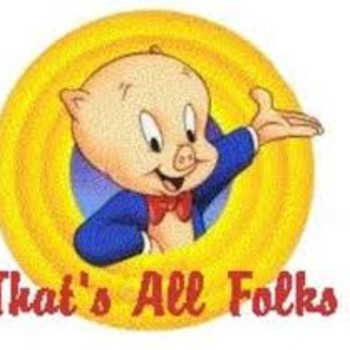When calculating probabilities, we're looking at a ratio:
#"number of ways to meet the conditions"/"number of ways we can pick"#
For the three questions, the number of ways we can pick a card is 52.
For #P(A)="red card"/52#, how many red cards are there? In a standard deck, 26 cards are red and the other half are black, and so:
#P(A)=26/52=1/2#
For #P(B)="spade"/52#, how many spades are there? In a standard deck, 13 cards are spades (with 3 other sets of 13 cards being clubs, hearts, and diamonds), and so:
#P(B)=13/52=1/4#
For #P(C)="ace"/52#, how many aces are there? In a standard deck, 4 cards are aces (with the other ordinals being 2 through 10, Jack, Queen, King) with each of the ordinals having a card in each of the 4 suits):
#P(C)=4/52=1/13#

